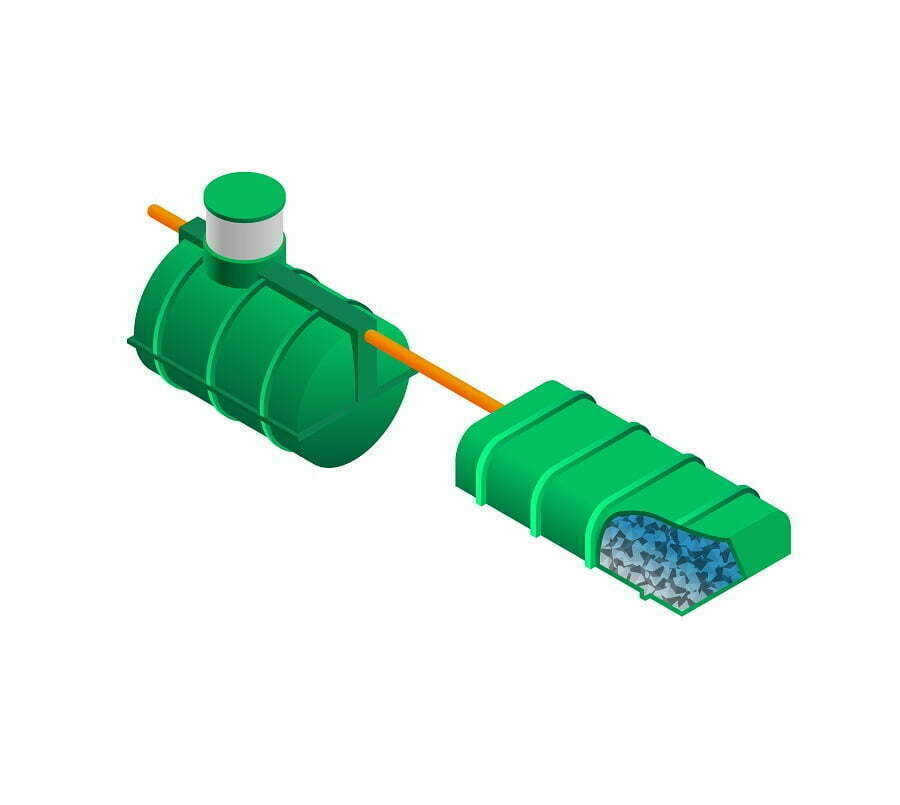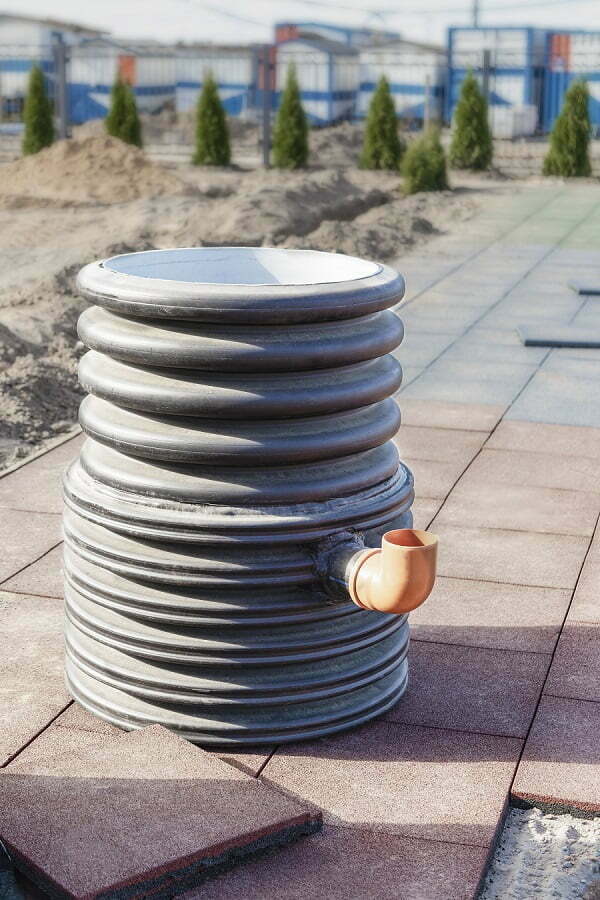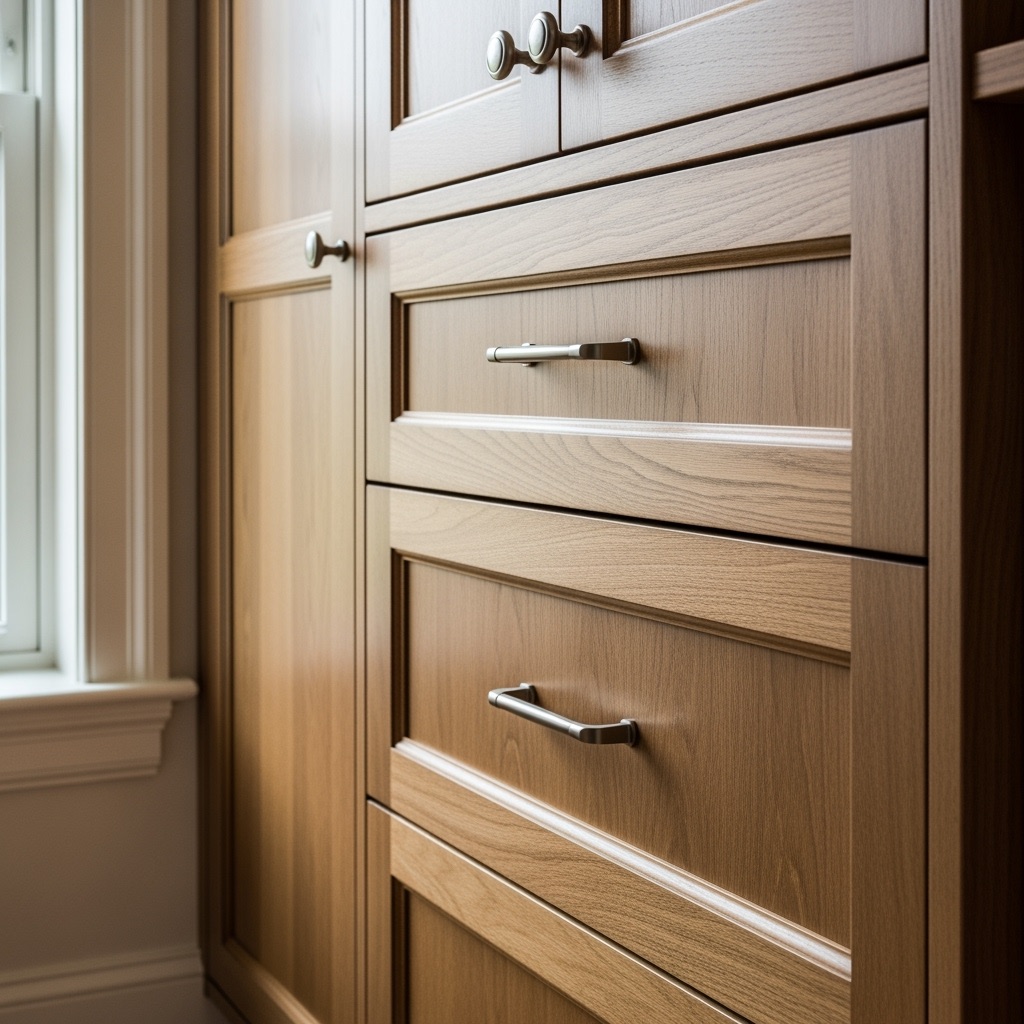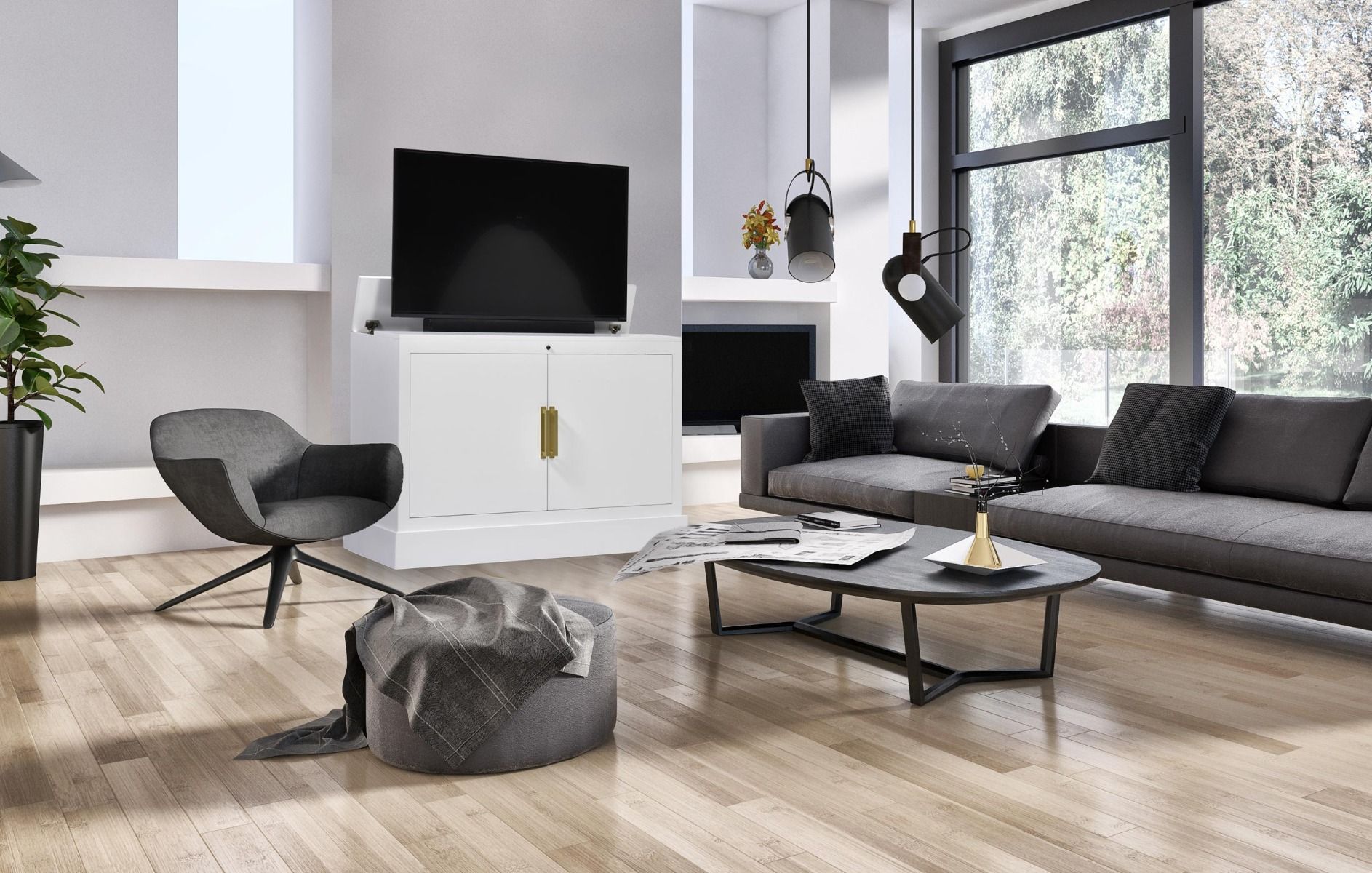Last updated on
These are the five types of septic tanks you need to know about if you want to make the right choice for your household. Read on!
Modern plumbing contributes significantly to making our lives more comfortable and minimizing illness transmission. Plumbing systems provide a consistent supply of safe drinking water while also removing sewage and wastewater.
Wastewater from residential and commercial buildings can be drained in two ways. Structures will either employ a septic system or be connected to municipal sewer systems. The main distinction is that a septic system serves a single property, whereas sewer lines connect many properties into a network of pipes that transport waste to a municipal wastewater treatment facility.
Components of a Septic System

A septic system requires two major components to function: a septic tank and a drain field. A septic tank is a waterproof container with pipes for entry and outflow. Wastewater is pumped into a septic tank, where it stays for long enough for sediments and liquids to separate into three levels.
- The top layer of scum is where materials lighter than water (such as oil and grease) float to the top.
- The partially cleared wastewater is found in the middle layer.
- The bottom layer is formed when sediments heavier than water settle on the tank’s bottom, forming a layer of sludge.
Types of Septic Tanks

The strength and durability of septic tanks made of various materials vary. The following is a list of the benefits and drawbacks of the most prevalent types of septic tanks.
Concrete
These long-lasting tanks will typically last several decades. However, this type of tank can leak waste and enable groundwater to flow in if the concrete cracks. When a backlog occurs in a concrete septic tank, the blockage may cause water to overflow.
Steel
Even though steel is a naturally durable material, septic tanks often only last 25 years before rusting; this causes homeowners to choose steel septic tanks. When a steel tank’s roof begins to corrode, the tank may become too weak to sustain the weight of the ground above it. A human or animal could fall into the tank if this happens. When the rest of the unit is structurally solid, the cover of a steel tank could be replaced to save money. Property owners should monitor rust formation on entry and exit baffles.
Fiberglass
Fiberglass septic tanks will not split or rust like concrete or steel septic tanks. Fiberglass tanks are also much lighter than those made of other materials, making them easier to install and causing them to shift when the surrounding soil becomes saturated.
Plastic
Plastic tanks are long-lasting, lightweight, and affordable. These tanks are very light, making installation a breeze. However, they can be damaged during installation because they are so soft. Furthermore, plastic tanks might float to the surface if not fitted properly. Plastic septic tanks do not rust and are less prone to cracking than concrete septic tanks.
Anaerobic
These tanks are electric-powered and are frequently used when other tanks on property fail. It is more expensive to install aerobic tanks than different septic tanks, but they are more effective and require fewer drain fields, saving a lot of money on smaller properties. These tanks require more frequent maintenance, yet they last for a long time.
No septic tank is one-size-fits-all. The best type of septic tank may not be the best for another. Bio-Sol is one of the best places to get reliable products, tools, and information.
Recap




